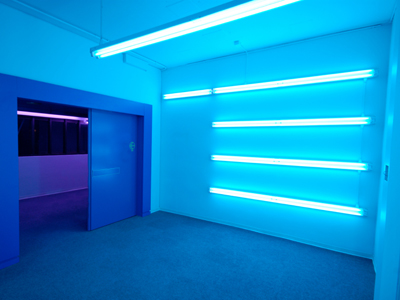
Electricity - Currents in Electrical Circuits
Electricity is a major topic in GCSE Physics. In this quiz we look specifically.at currents formed by the flow of electrons in electrical circuits.
From your studies of static electricity, you should by now be familiar with the idea that electricity is something to do with electrons. It seems that the ancient Greeks knew about static electricity - rubbing a substance called amber created a small force that could attract small objects. That was about the limit of knowledge until the scientific revolution in Europe during the Seventeenth Century. The physician to Elizabeth I, William Gilbert, experimented and described static electricity in many substances.
The origin of the word electricity is uncertain but it is thought to originate from the ancient Greek word for amber, elektron, in honour of the Greek discovery 2,000 years earlier. Amber is the fossilised resin of trees that is found in many places around the world. The largest source of amber is around the shores of the Baltic Sea and it is this amber that is used for jewellery. Occasionally amber contains beautifully preserved fossils of insects.
Eventually, scientists became aware that there was another form of electricity - current electricity. We now understand electricity much batter and know that electrical currents are formed by the flow of electrons through electrical circuits. An electrical circuit consists of a closed loop of conductors connected to a source of a potential difference such as a battery or generator. A potential difference has two aspects, positive and negative; it can sometimes help to think about it as being an electron pump. Electrons have negative charge and so will flow away from the negative pole and be attracted to the positive pole. Just to confuse things, when current electricity was first discovered, scientists had no idea bout what it was. They realised it was a flow of something and decided that it went from positive to negative - we call this conventional current and this idea is still used when designing and talking about electrical circuits.
The ability to control the currents in electrical circuits has allowed us to create an astonishing variety of electronic products. The current flowing in a circuit depends on two variables, the potential difference (voltage) and the resistance. The relationship between the two is governed by Ohm's law and is expressed as the formula V = I x R (V = IR) where V is the potential difference in volts, I is the current in amps and R is the resistance in ohms. In a circuit, where it reaches a junction, the current will divide and flow down each of the parts of the circuit linked to the junction. The amount of current flowing through each part can be calculated using Ohm's law. For your GCSE, you are expected to be able to use this to calculate current, potential difference and resistance in all or part of a circuit. To do this, you need to be able to rearrange the terms of the equation.
Ready for more?
not all...
quizzers. Try to win a coveted spot on our Hall of Fame Page.







